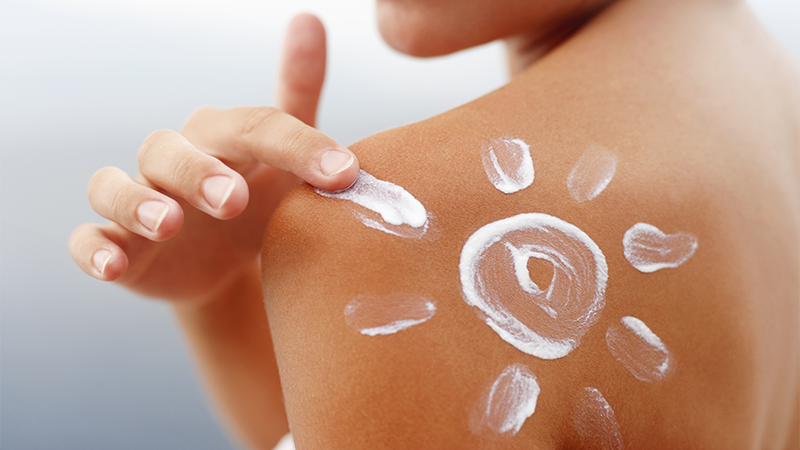Sunscreens and their properties for skin protection from solar radiation
Extensive promotion on the internet and in the media has led to an increase in public awareness that too much exposure to sun can cause photodamage and skin cancers. However, there are gaps in knowledge regarding the selection of the right sunscreen, recommended dose and daily application schedule. The labels of sunscreens are often difficult to understand and consumers remain unaware about the potential photodamage caused by infrared (IR) and high-energy visible light (HEVL). Patients are becoming increasingly conscious about skin health and aesthetics, but they often seek help only after a significant amount of sun damage has already occurred. There are still many discrepancies related to the correct method of sunscreen application and the best times for reapplication. Much more research is needed to study the harmful effects of sunscreen ingredients on systemic absorption, if any, in areas such as safety in pregnant and breastfeeding women, and the relationship to various skin cancers and diseases. This article discusses the types and formulations of sunscreens for ultraviolet light, IR and HEVL protection. It also covers sunscreen labels, application techniques, recommended doses, safety and possible health hazards, related controversies, product shelf life and the importance of patient education.
Bhavjit Kaur - Medical Director, Health & Aesthetic Clinic, London
